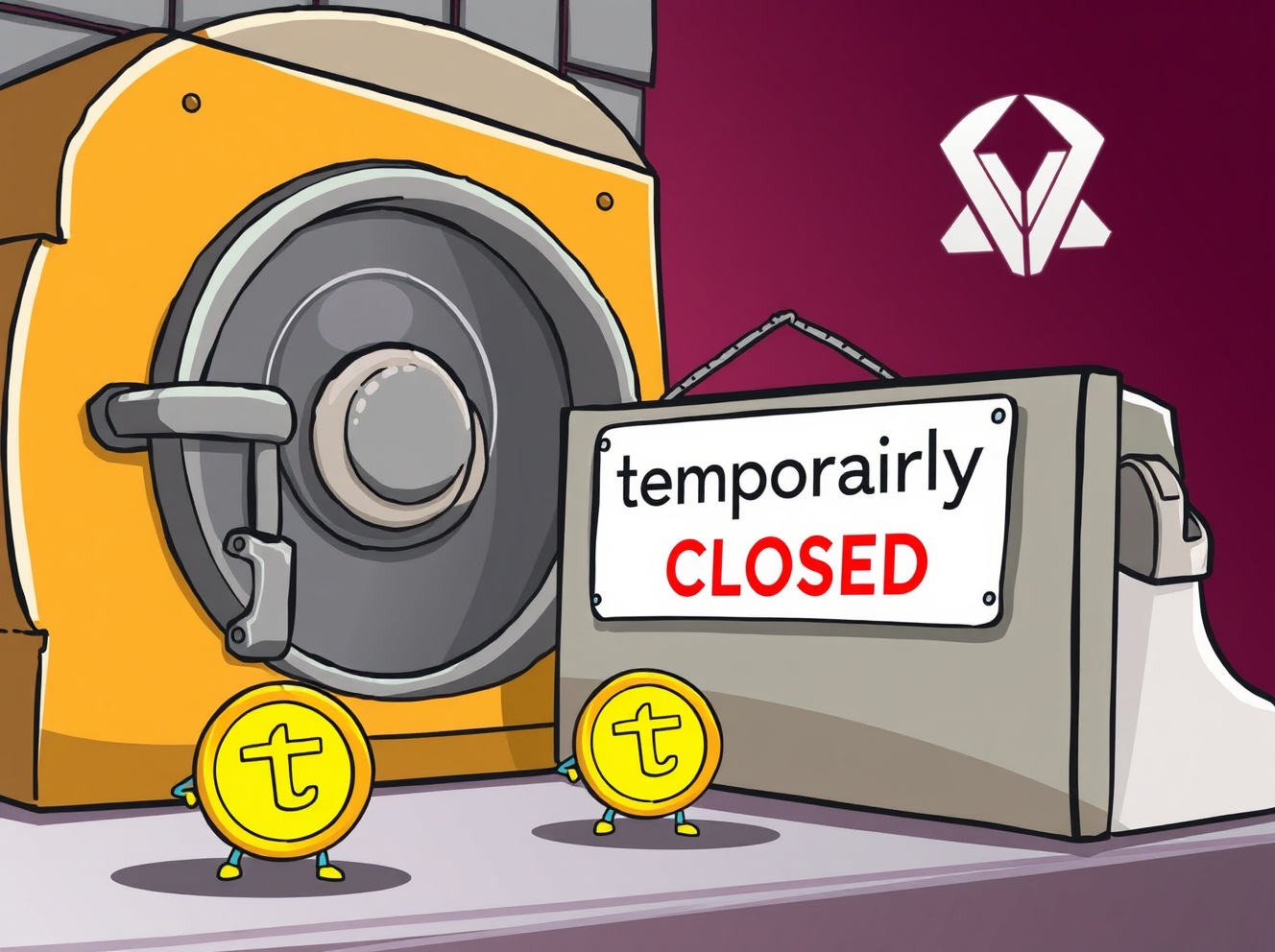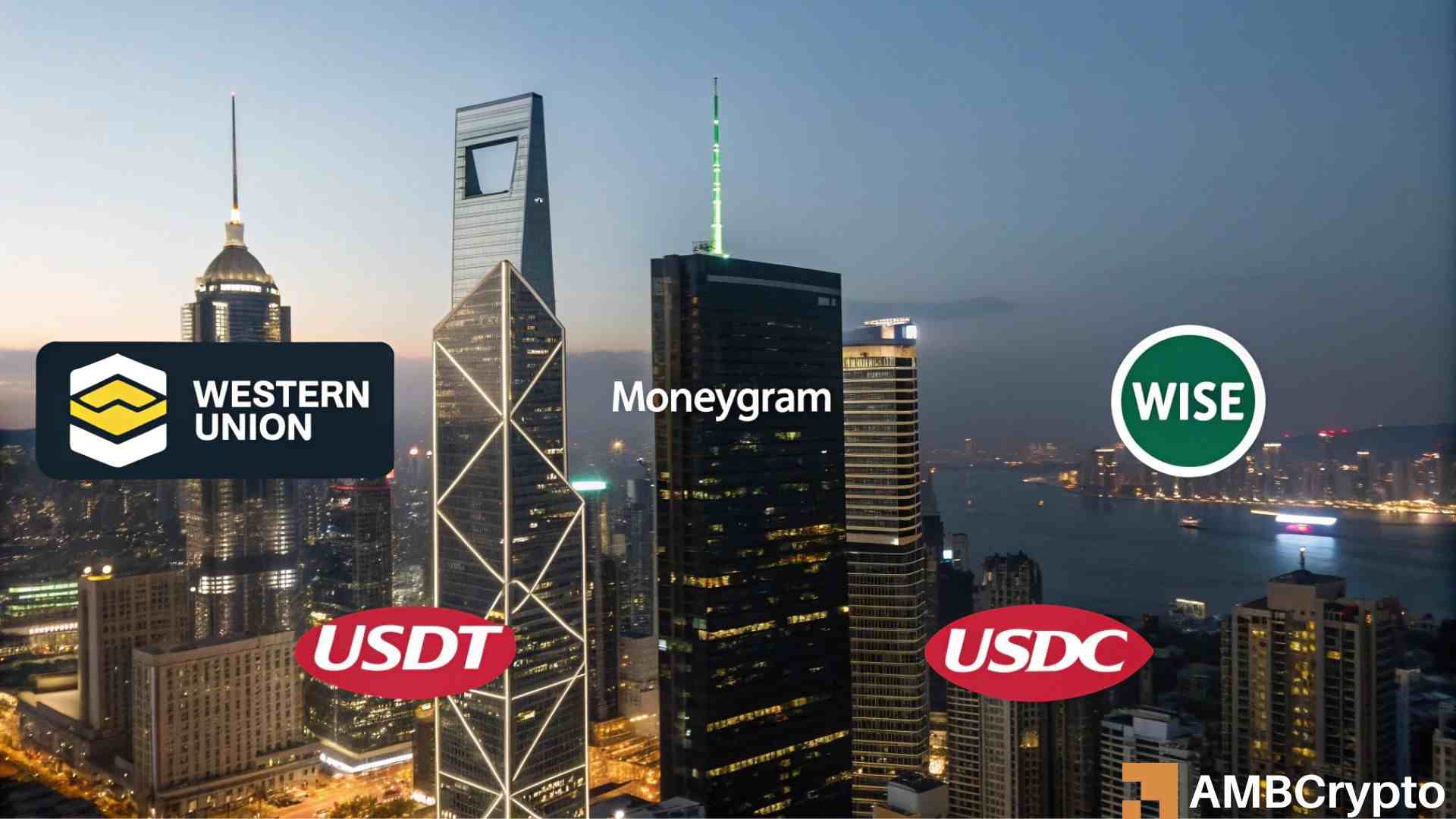
Here`s why incumbents are betting beyond stablecoin payments or treasury plays.
AMB Crypto
You can visit the page to read the article.
Source: AMB Crypto
Disclaimer: The opinion expressed here is not investment advice – it is provided for informational purposes only. It does not necessarily reflect the opinion of BitMaden. Every investment and all trading involves risk, so you should always perform your own research prior to making decisions. We do not recommend investing money you cannot afford to lose.
Pundit: XRP Is Not a Bet Anymore. It’s a Blueprint. Here’s why
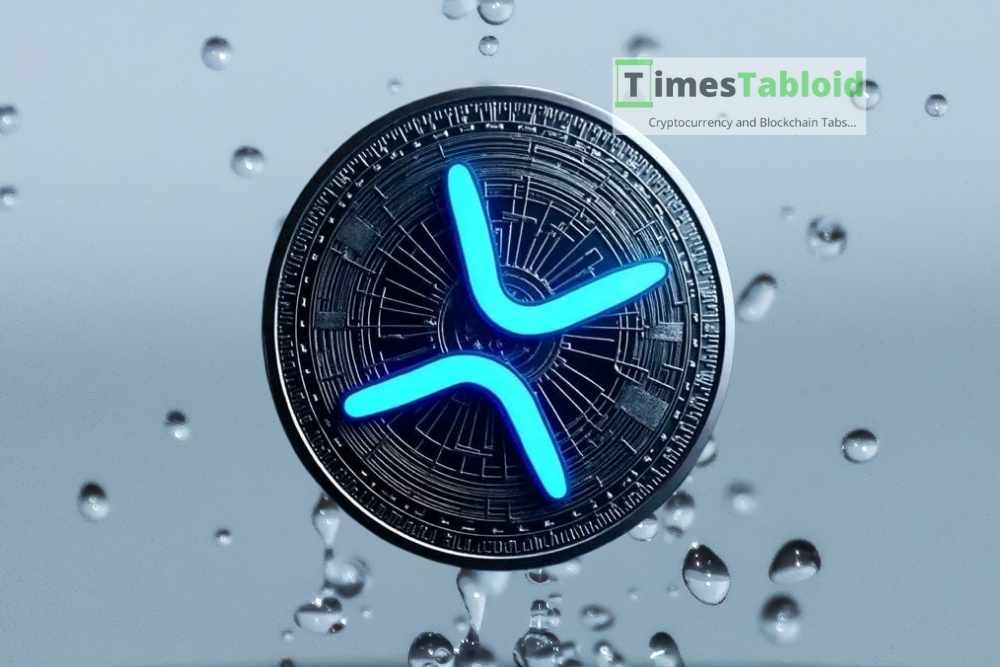
A new development in the digital asset sector has positioned XRP at the center of institutional liquidity expansion. X Finance Bull shared details on a $1 billion capital raise by Evernorth aimed at establishing what is described as the world’s largest publicly traded XRP reserve. The initiative, labeled the “XRP Strategic Reserve,” seeks to align traditional finance with blockchain infrastructure through regulated access, liquidity injections, and market utility enhancements. According to the outline, the capital will be deployed through a SPAC merger and a Nasdaq listing, signaling a strategic shift in how institutional investors approach blockchain-based assets. Rather than functioning as a speculative venture, the project appears structured to integrate XRP into mainstream capital markets, emphasizing transparency, compliance, and utility. LISTEN! $XRP is not a bet anymore. It’s a blueprint, IT`S A BLUEPRINT! A $1B XRP reserve is being launched, not as a hype play, but as an institutional asset with liquidity, validators, and yield baked in. It’s the kind of foundation Wall Street builds before the retail… pic.twitter.com/dupTR1wNzp — X Finance Bull (@Xfinancebull) October 24, 2025 Liquidity and Network Strengthening The $1 billion fund is expected to deepen XRP’s liquidity across various financial and decentralized finance markets. This infusion is designed to support validators and yield strategies that enhance the performance and reliability of the XRP Ledger . By connecting liquidity pools and institutional capital, the reserve aims to solidify XRP’s presence as an institutional-grade asset capable of handling large-scale financial operations. Beyond liquidity expansion, the network utility component highlights the project’s intention to enhance validator participation and improve transactional efficiency. This approach contributes to a more sustainable ecosystem by ensuring that market operations are supported by tangible infrastructure rather than speculative momentum. We are on X, follow us to connect with us :- @TimesTabloid1 — TimesTabloid (@TimesTabloid1) June 15, 2025 Bridging Traditional Finance with Blockchain The institutional integration phase represents one of the most significant steps toward bridging conventional financial systems with blockchain-based solutions. Evernorth’s approach focuses on enabling regulated XRP access for institutional investors, creating an environment where compliance and scalability coexist with blockchain’s efficiency. The inclusion of a SPAC merger and subsequent Nasdaq listing reflects a growing trend of blockchain projects entering traditional financial channels to achieve wider market adoption. This alignment between on-chain activity and regulated finance indicates a long-term institutional commitment to XRP’s underlying utility. It also highlights how blockchain technology continues to evolve from a niche innovation to an integral part of the global financial architecture. Market Confidence and Institutional Significance Evernorth’s XRP Strategic Reserve represents more than a capital initiative; it signals a maturing phase for digital assets within the broader financial system. The structure of the raise demonstrates confidence in XRP’s long-term potential as an institutional asset, supported by measurable liquidity and transparent governance mechanisms. As the reserve moves forward, its impact may extend beyond immediate liquidity gains, setting a precedent for how blockchain assets can be structured for institutional integration. Through this initiative, XRP positions itself not merely as a digital currency but as an operational component within the next generation of financial infrastructure. Disclaimer : This content is meant to inform and should not be considered financial advice. The views expressed in this article may include the author’s personal opinions and do not represent Times Tabloid’s opinion. Readers are advised to conduct thorough research before making any investment decisions. Any action taken by the reader is strictly at their own risk. Times Tabloid is not responsible for any financial losses. Follow us on X , Facebook , Telegram , and Google News The post Pundit: XRP Is Not a Bet Anymore. It’s a Blueprint. Here’s why appeared first on Times Tabloid . AMB Crypto

Won Stablecoins: A Crucial Insight from the Bank of Korea
BitcoinWorld Won Stablecoins: A Crucial Insight from the Bank of Korea The financial world is buzzing with discussions around digital currencies, and the Bank of Korea (BOK) has just weighed in with a significant recommendation concerning won stablecoins . Imagine a digital currency pegged to the Korean Won, offering stability in an often-volatile crypto market. The BOK suggests a dual approach: traditional banks should take the lead in issuing these digital assets, while non-bank institutions would handle their distribution through a collaborative consortium. This strategic advice aims to harness the innovation of stablecoins while mitigating potential risks. Why Are Won Stablecoins a Hot Topic for the Bank of Korea? The BOK’s insights, detailed in a recent report published on October 27, underscore the crucial role that won stablecoins could play in the payment landscape. However, the central bank also highlighted inherent vulnerabilities. Despite their name, stablecoins are not immune to external shocks and can exhibit significant value volatility, a concern that directly impacts their reliability as a medium of exchange. Volatility Concerns: The report points out that stablecoins, contrary to their fundamental purpose, can be sensitive to market fluctuations. Risk of Coin Runs: A rapid withdrawal of funds, similar to traditional bank runs, poses a significant threat to the stability of the stablecoin ecosystem. Consumer Protection Gaps: Existing regulatory frameworks may not adequately protect users in the event of stablecoin instability or operational failures. These issues emphasize why the BOK is approaching the future of won stablecoins with caution and a clear regulatory vision. Navigating the Challenges of Won Stablecoins: What Are the Risks? The central bank’s report delves deeper into the potential pitfalls, outlining several critical areas of concern that could impact Korea’s financial stability. Understanding these challenges is key to developing a robust framework for won stablecoins . Banking and Commerce Separation: There are concerns about potential conflicts with the established separation of banking and commercial activities if non-financial entities become too involved in issuance. Regulatory Circumvention: The nature of digital assets could potentially allow for the circumvention of existing capital and foreign exchange regulations, posing risks to financial integrity. Monetary Policy Impact: A widespread adoption of unregulated stablecoins could weaken the central bank’s ability to conduct effective monetary policy and disrupt the banking system’s crucial intermediary function. These challenges highlight the delicate balance required to integrate digital currencies into a traditional financial system without compromising its stability or regulatory oversight. The Path Forward for Won Stablecoins: Legislation and Collaboration Given that the primary utility of won stablecoins is expected to be in payments, the Bank of Korea strongly advocates for proactive legislative action. The BOK believes that relevant legislation permitting and regulating virtual asset issuance should be a top priority. This proactive stance aims to create a clear legal foundation, ensuring consumer protection and maintaining financial stability. The proposed consortium model, where banks issue and non-banks distribute, suggests a collaborative future. This approach could leverage the trust and regulatory compliance of banks for issuance, combined with the innovative distribution capabilities of fintech companies. Such a partnership could pave the way for a secure and efficient digital payment ecosystem in Korea, making won stablecoins a reality with minimized risks. In conclusion, the Bank of Korea’s guidance on won stablecoins offers a pragmatic blueprint for integrating these digital assets into the financial system. By emphasizing bank-led issuance and non-bank distribution, coupled with urgent calls for legislative clarity, the BOK aims to foster innovation while safeguarding financial stability. This strategic vision is essential for preparing Korea’s economy for the evolving landscape of digital finance. Frequently Asked Questions (FAQs) Here are some common questions regarding the Bank of Korea ‘s recommendations on won stablecoins : Q1: What is a won stablecoin? A: A won stablecoin is a type of cryptocurrency designed to maintain a stable value by being pegged to the Korean Won. This means its value should ideally remain consistent with the Won, unlike other cryptocurrencies which can be highly volatile. Q2: Why does the Bank of Korea recommend banks for issuance and non-banks for distribution? A: The Bank of Korea suggests that banks, due to their robust regulatory oversight and financial stability, are best suited to issue won stablecoins . Non-bank institutions, often more agile and innovative, are recommended for distribution through a consortium to leverage their reach and technological capabilities, ensuring broader access while maintaining financial integrity. Q3: What are the main concerns highlighted by the BOK regarding stablecoins? A: The BOK’s report highlights several key concerns, including the potential for high value volatility despite their “stable” nature, the risk of “coin runs” (rapid withdrawals), gaps in consumer protection, conflicts with the separation of banking and commerce, and the potential for circumvention of capital and foreign exchange regulations. They also worry about the weakening of monetary policy and the banking system’s intermediary function. Q4: What is the BOK’s stance on legislation for virtual assets? A: The Bank of Korea emphasizes that because the primary use of stablecoins is for payments, relevant legislation to permit and regulate virtual asset issuance should be prioritized. This proactive legal framework is seen as essential for ensuring consumer protection and maintaining overall financial stability. Did you find this analysis on won stablecoins insightful? Share your thoughts and help spread the word about the Bank of Korea ‘s crucial recommendations for digital currency in Korea! Follow us on social media for more updates on the evolving crypto landscape. To learn more about the latest crypto market trends, explore our article on key developments shaping digital payments and financial regulation . This post Won Stablecoins: A Crucial Insight from the Bank of Korea first appeared on BitcoinWorld . AMB Crypto


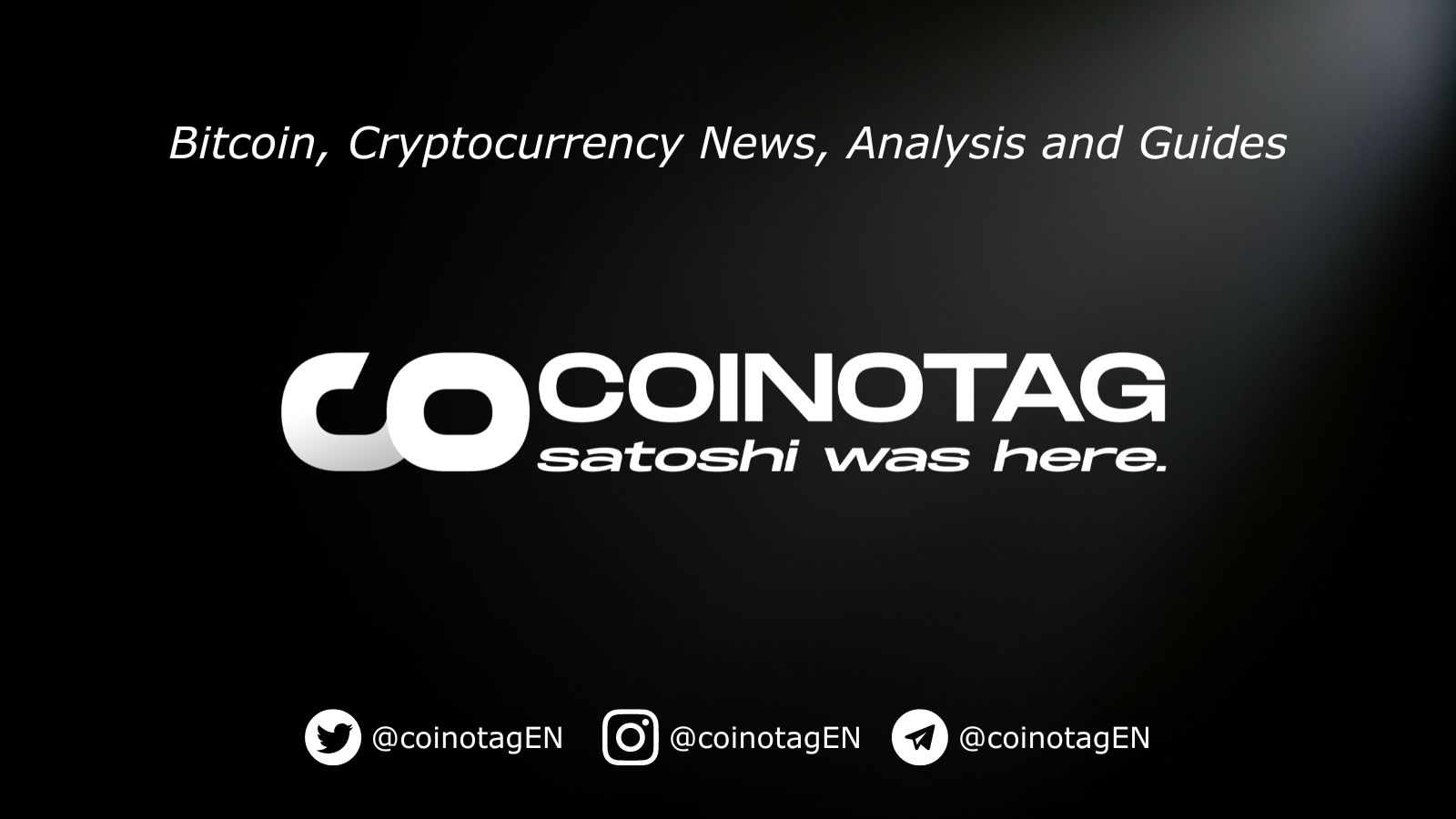
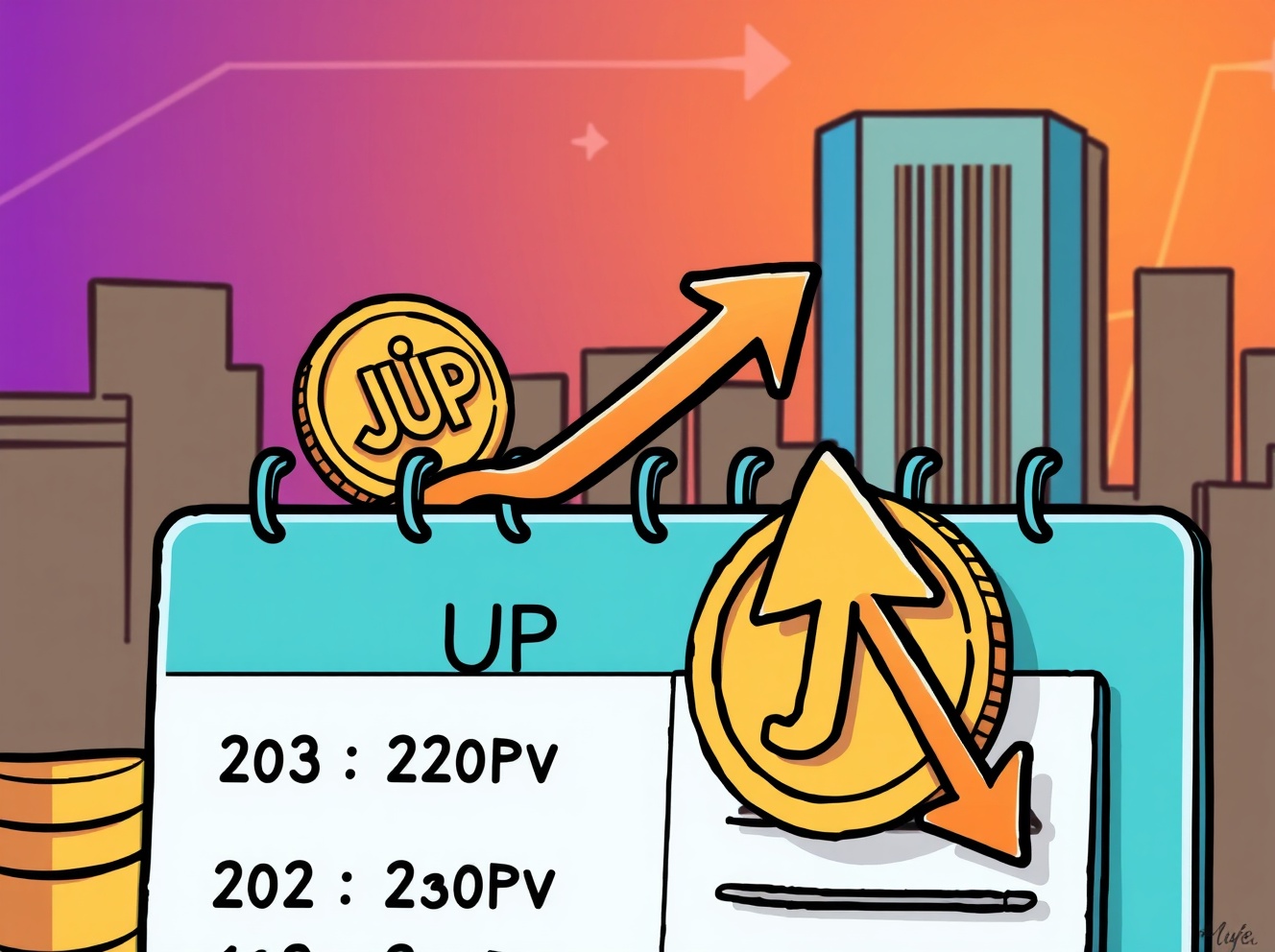
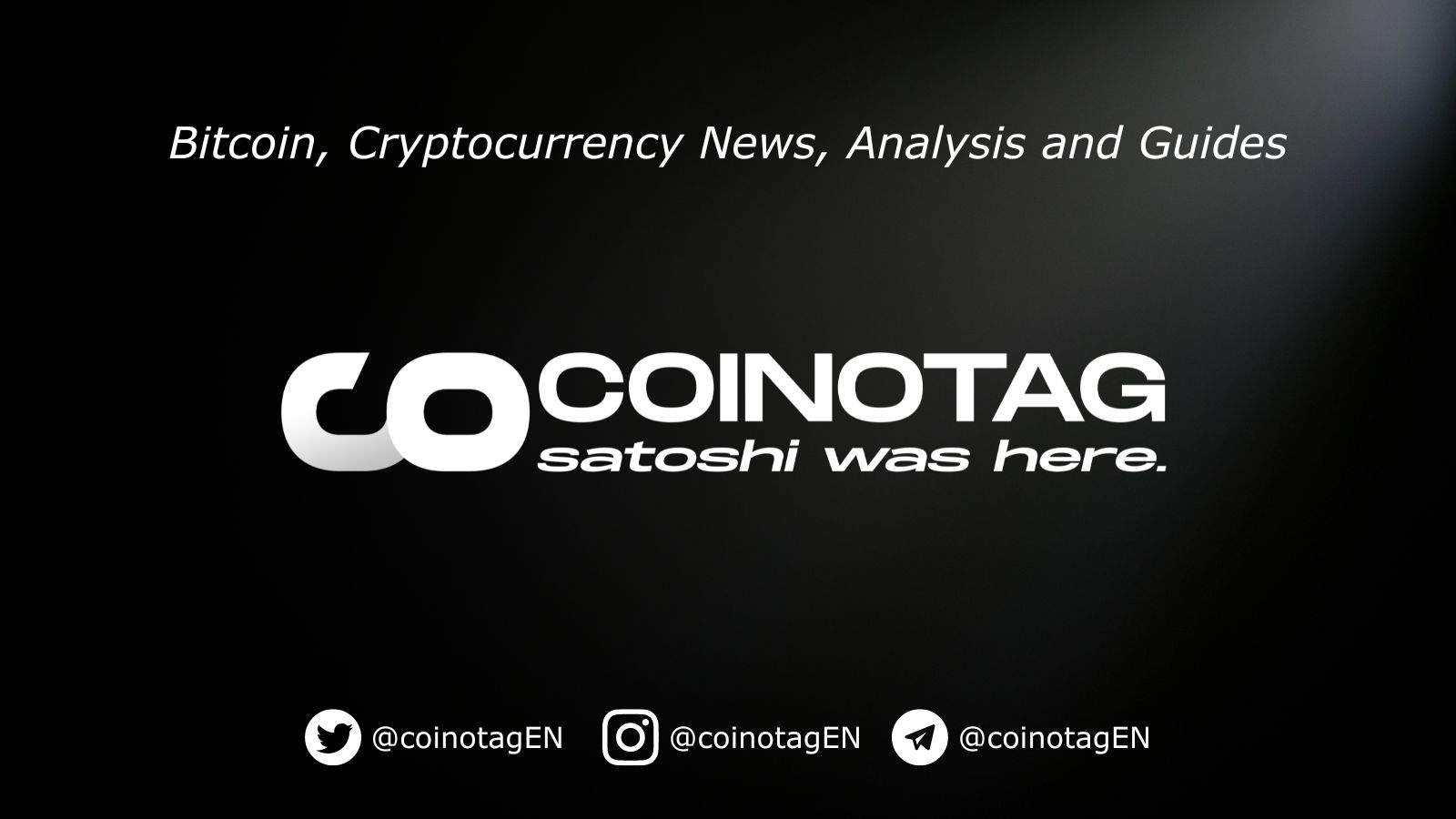
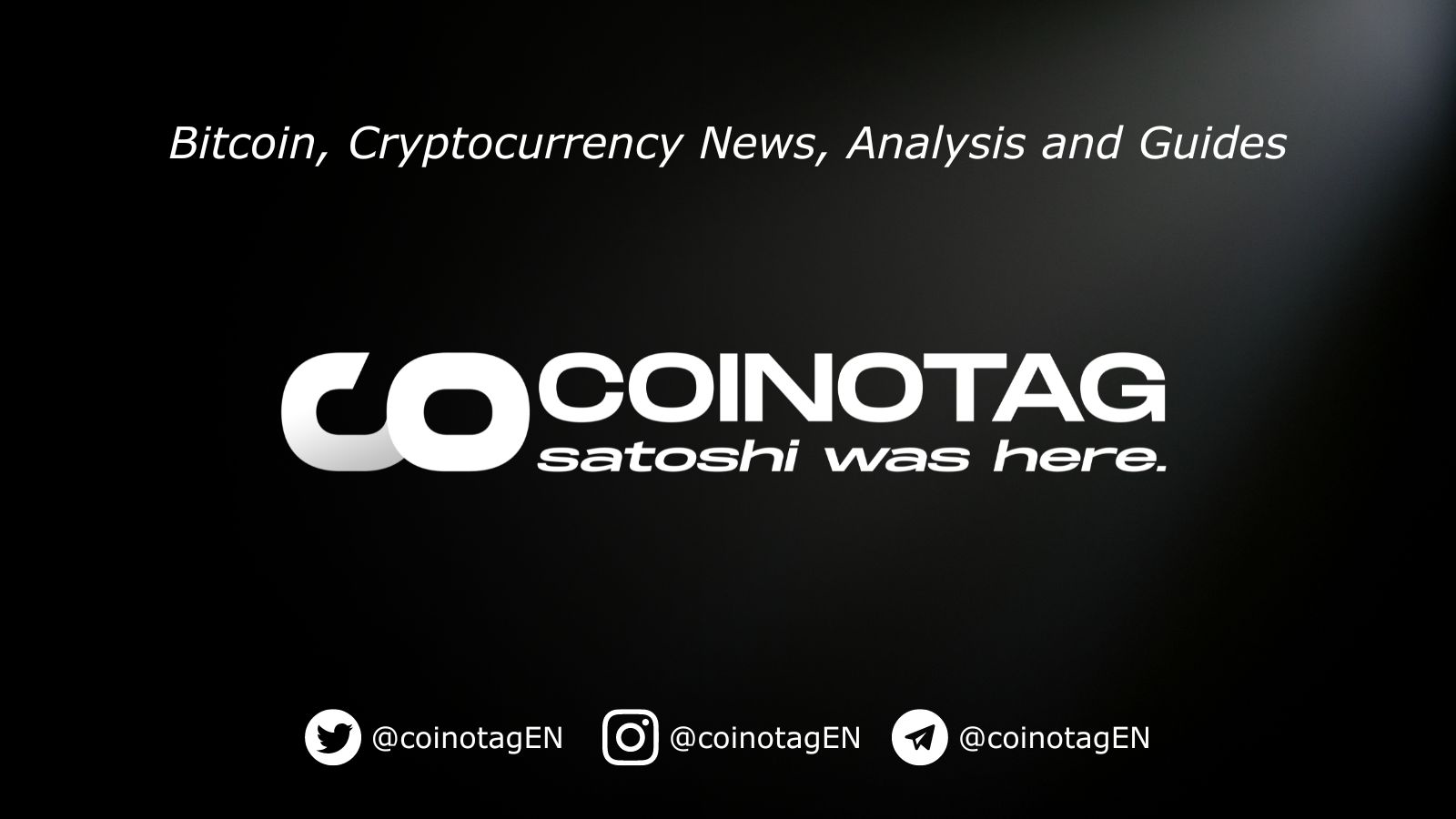

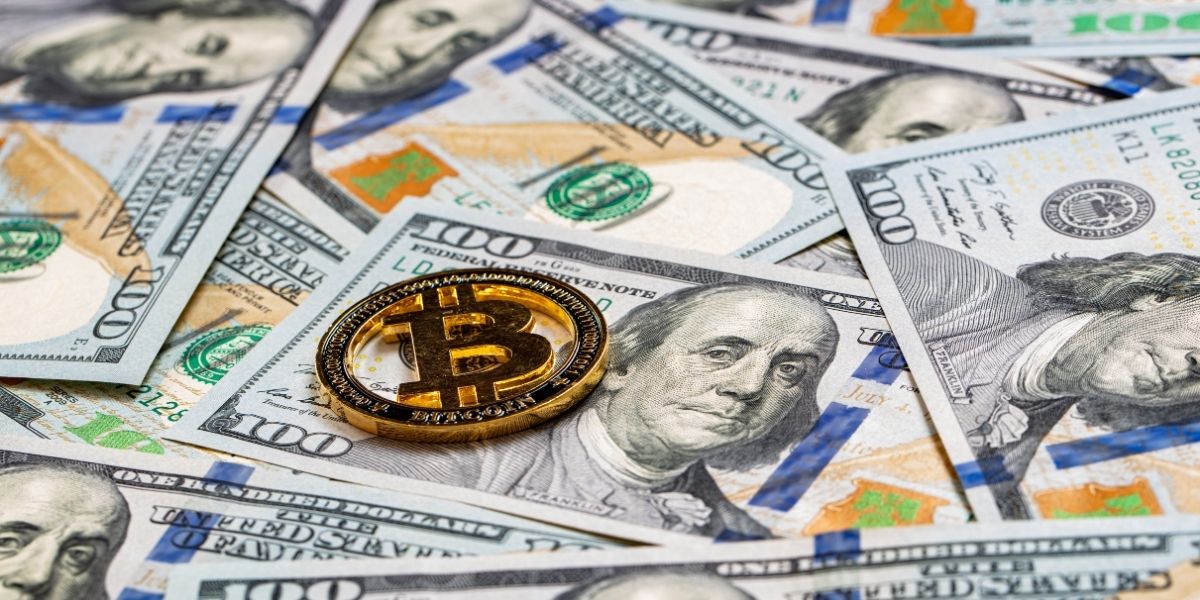
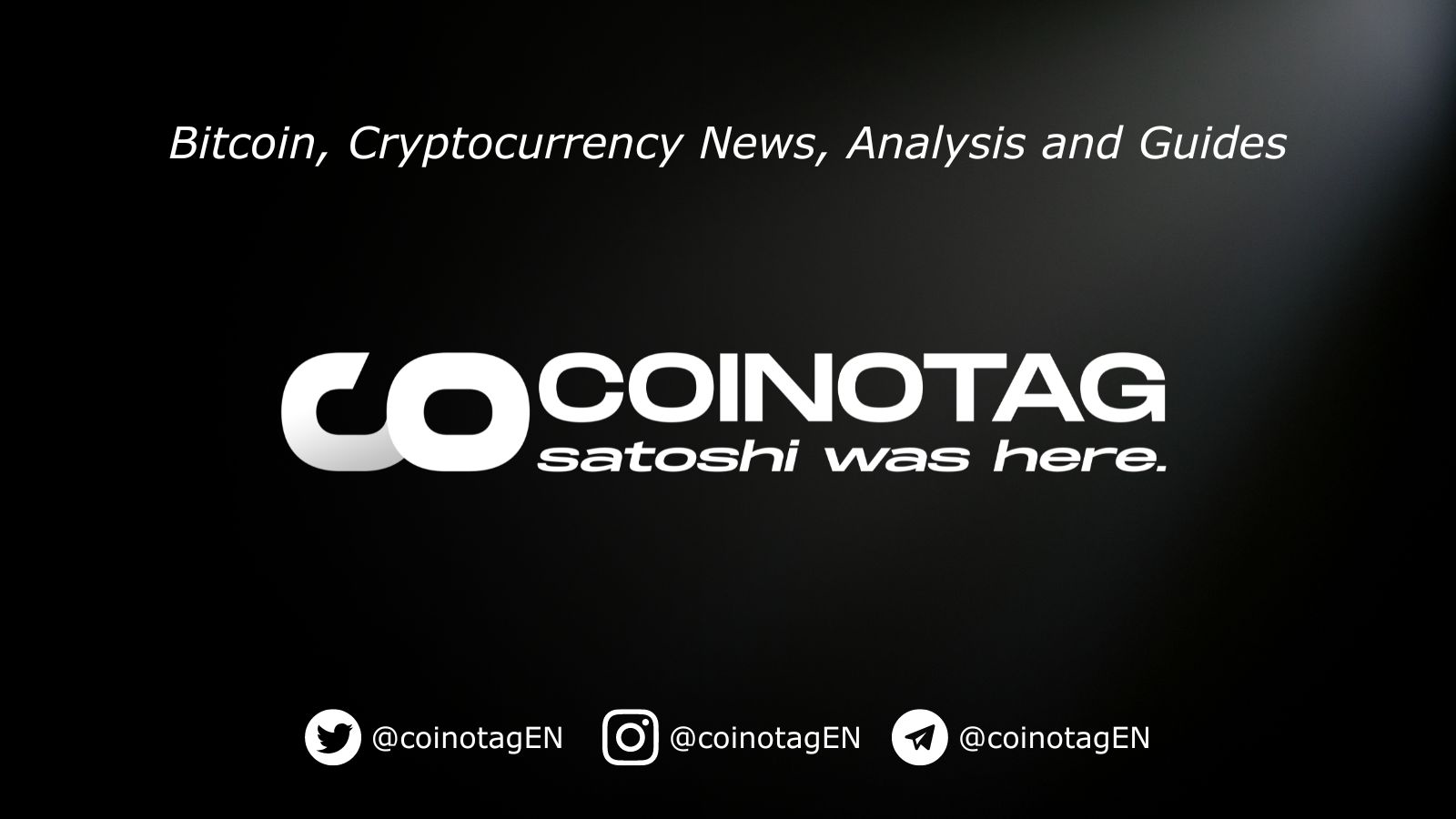
![Kaspa [KAS] Whales Accumulate Near $0.06, But Technicals Signal Potential Pullback](/image/68ff01045882f.jpg)
